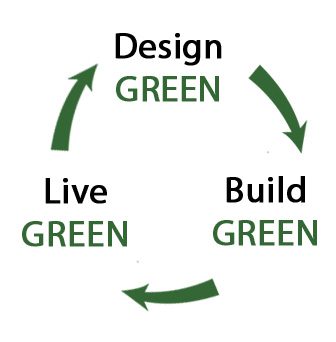1. Location
You’ve heard the adage “location, location, location.” This is where to spend your money. You could build a home with a great design with great features and finishes, but if you build it in the wrong location or on the wrong lot, you could be in real trouble. Consider purchasing the most expensive lot you can afford. Historically, mountain or creek view properties experience stronger growth in value than non-mountain or creek view properties. Your long-term investment is more likely to be sound.
2. Design Services
You can add enormous value to your home by investing in the services of a competent architect and an interior design team. Not only will you enjoy the splendor of a fabulous home, you will find a greater return on the money you spend for these services at the time of resale.
3. Kitchen
Most buyers don’t complain about a kitchen being too large, too much counter space, or too many cabinets. Spend money on the kitchen. We’ll talk more about this topic later.
4. Great Room
Oversize, don’t undersize, your great room. Families tend to gather and spend most of their time in the great room. If you were to oversize any room, make this room a little larger (rather than smaller) than you think you need.
5. Master Bath
This room is the owner’s retreat, a place to relax and unwind. Upgrade your master bath’s size and finishes. When you sell your home, this will be an important feature and provide a good investment return.
6. Room Size
Make sure your rooms are large enough to meet your needs. It’s very expensive to come back after your home is finished and add twelve or eighteen inches to a room because you’ve just realized it’s too small. If you’re on a limited budget, it’s better to hold off on some of the finishes than cut down the size of your rooms. You can add finishes later, and the cost may only be slightly higher than if you installed them during the initial construction process. Very often in mountain design, homes end up being more square footage than the homeowner’s need because proper emphasis was not put into space planning. Most mountain homes tend to double the square footage due to the need for a lower level to make up the topographical transition. If this becomes the situation in your design, “right-sizing” your home is a good exercise that your architect, designer, or builder should do for you.
Closets: Never underestimate the value of roomy walk-in closets, linen closets, and laundry rooms.
-Sean Sullivan



